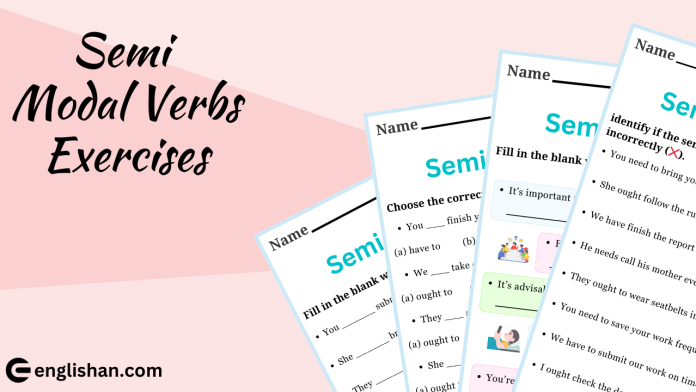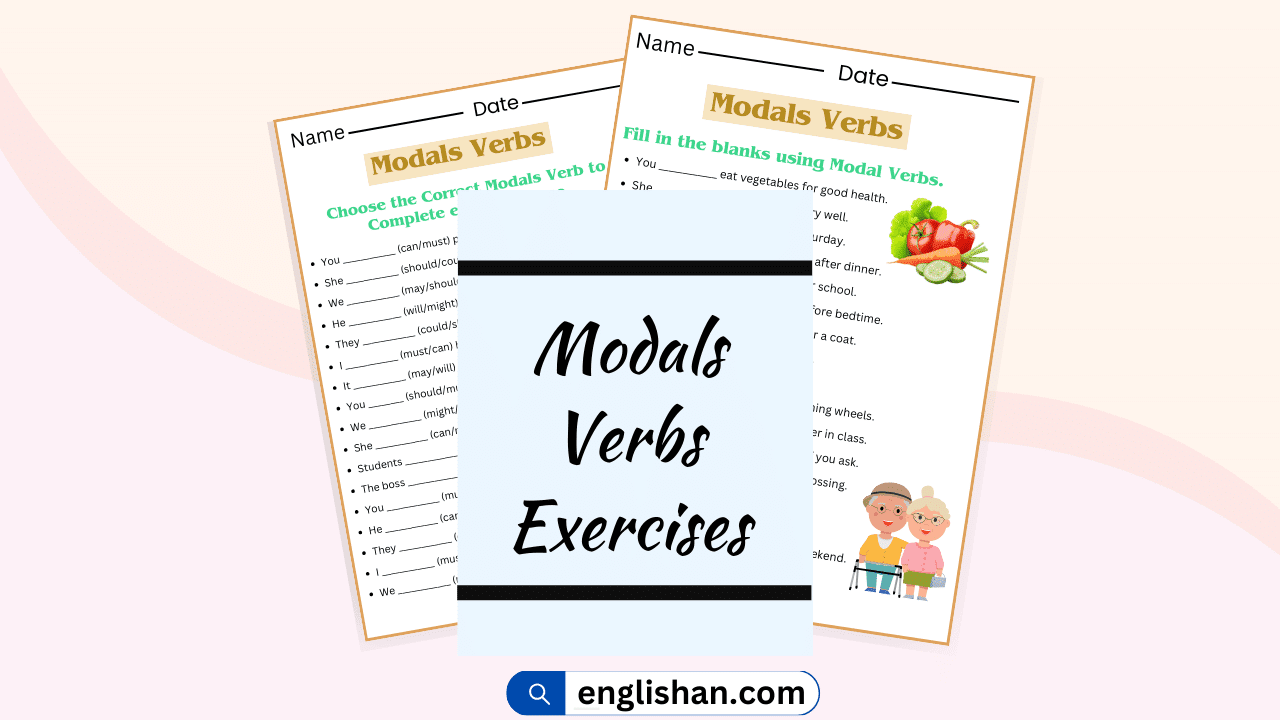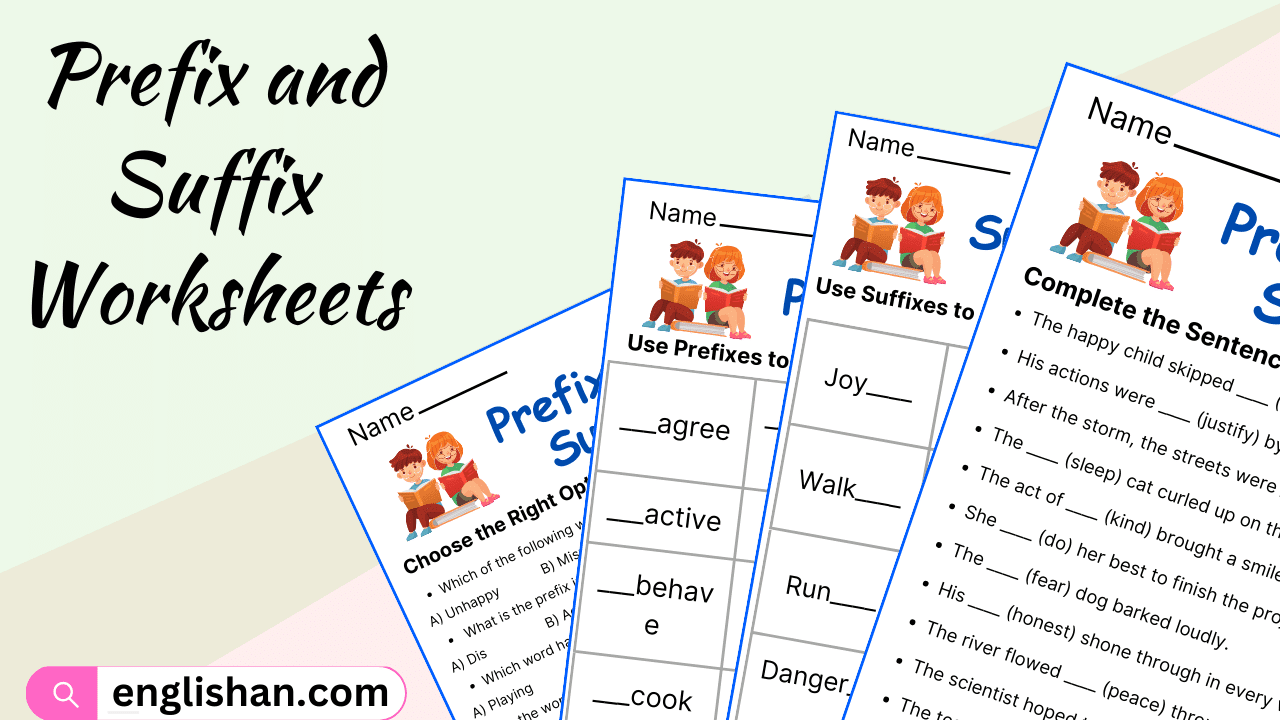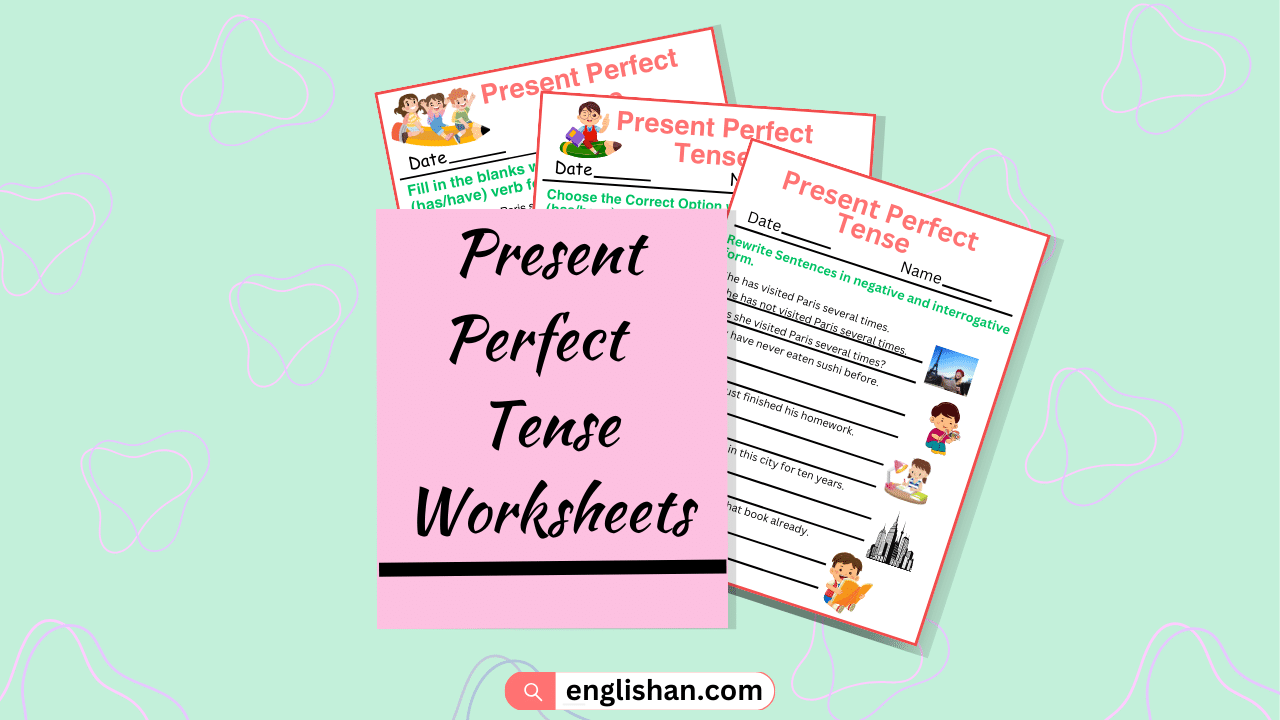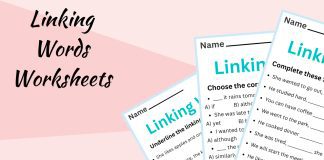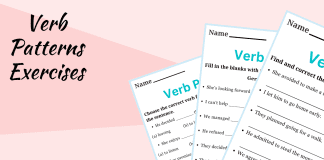Contents
Semi-modal verbs are important for English learners because they add depth and express different ideas in language. Unlike pure modals, semi-modals like “need to,” “ought to,” and “have to” combine modal features with regular verb rules. This allows them to express obligation, advice, and necessity in a flexible way. Practicing with semi-modal verbs exercises helps learners understand when and how to use these verbs effectively, making it easier to communicate specific meanings.
In this post, you’ll find semi-modal verbs exercises that build confidence and skill. These include fill-in-the-blank questions, multiple-choice items, and sentence rewrites—all focused on semi-modals. By completing these, you’ll be ready to use semi-modal verbs comfortably in different situations.
1. Fill-in-the-Blanks: Practice with Semi-Modal Verbs
In this exercise, fill in the blank with the right semi-modal verb from “need to,” “ought to,” or “have to.” This will help you practice using these verbs for expressing rules and advice.
Fill in the blank with the right semi-modal verb from.
- You ______ submit the application before the deadline.
- She ______ bring her ID to enter the event.
- They ______ complete the project by tomorrow.
- You ______ wear a helmet while riding a bike.
- I ______ study more for my final exams.
- We ______ follow the safety guidelines.
- He ______ call his parents once a week.
- You ______ leave early to catch the bus.
- She ______ be careful with her spending.
- I ______ check my work for errors before submitting it.
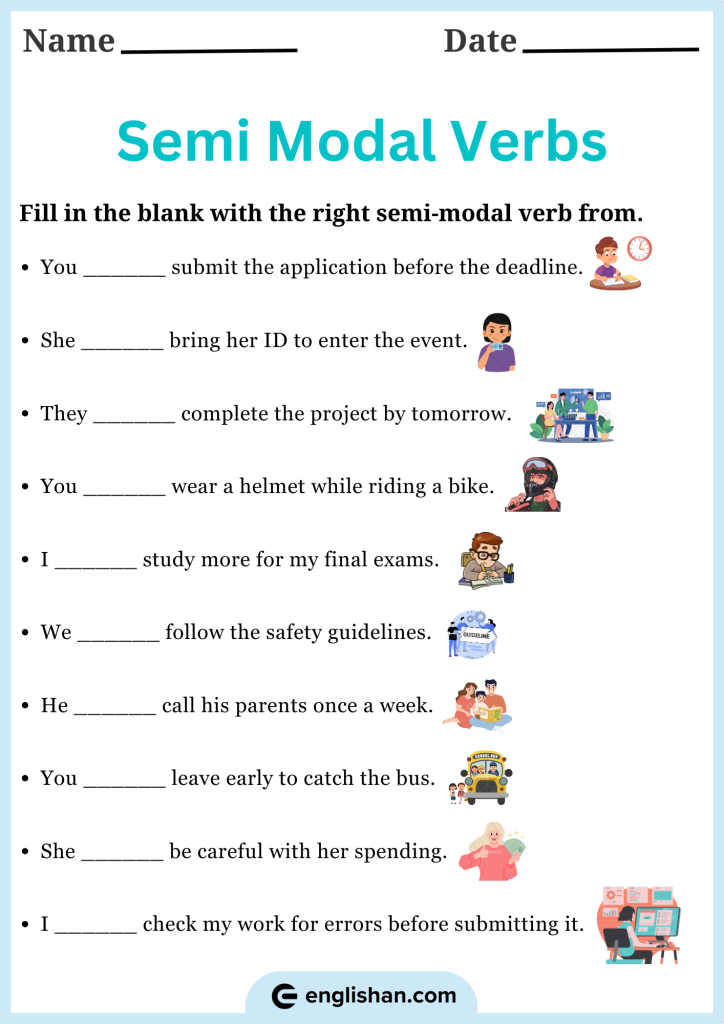
2. Multiple-Choice Questions: Choose Semi-Modal Verb
For each sentence, choose the best semi-modal verb to fit the meaning. This will help you get comfortable picking the right verb for different situations.
Choose the correct option.
- You ___ finish your homework tonight.
(a) have to (b) need to (c) ought to (d) should
- We ___ take our ID cards for entry.
(a) ought to (b) need to (c) have to (d) can
- They ___ apologize for their mistake.
(a) ought to (b) can (c) need to (d) should
- She ___ wear a coat in winter.
(a) ought to (b) have to (c) need to (d) can
- I ___ finish this report by Friday.
(a) have to (b) need to (c) ought to (d) can
- We ___ check the weather before leaving.
(a) need to (b) ought to (c) have to (d) might
- You ___ save money for emergencies.
(a) ought to (b) need to (c) have to (d) can
- He ___ bring a gift to the party.
(a) ought to (b) need to (c) has to (d) should
- I ___ speak with the manager today.
(a) need to (b) have to (c) ought to (d) should
- We ___ clean up after ourselves.
(a) have to (b) ought to (c) can (d) will

3. Rewrite Sentences with Semi-Modal Verbs
Rewrite each sentence by adding “need to,” “ought to,” or “have to” to show advice, rules, or needs. This will help you see how these verbs can change the meaning and importance in sentences.
Rewrite Sentences using semi modal verbs.
- It’s important for you to finish the report.
- Everyone must be on time for the meeting.
- It’s advisable for her to study for the test.
- The children must not stay up too late.
- You’re required to bring a valid ID.
- It’s necessary to check your work for errors.
- He should apologize for his mistake.
- We must follow the company policy.
- It’s good to save money regularly.
- Everyone must wear a seatbelt in the car.

4. True or False: Is the Semi-Modal Verb Used Correctly?
Read each sentence and decide if the semi-modal verb is used correctly (✅) or incorrectly (❌). This helps in understanding common mistakes.
identify if the semi-modal verb is used correctly (✅) or incorrectly (❌).
- You need to bring your own supplies to class.
- She ought follow the rules.
- We have finish the report by tomorrow.
- He needs call his mother every day.
- They ought to wear seatbelts in the car.
- You need to save your work frequently.
- We have to submit our work on time.
- I ought check the document again.
- He ought to be more careful with his spending.
- You have follow the instructions closely.

Answers for semi modal verbs exercises
| Fill-in-the-Blanks | Multiple-Choice | Rewrite Sentences | True or False |
|---|---|---|---|
| 1. have to | 1. (a) have to | 1. have to | 1. ✅ |
| 2. need to | 2. (b) need to | 2. have to | 2. ❌ |
| 3. have to | 3. (a) ought to | 3. ought to | 3. ❌ |
| 4. ought to | 4. (a) ought to | 4. ought to | 4. ❌ |
| 5. need to | 5. (a) have to | 5. need to | 5. ✅ |
| 6. ought to | 6. (b) ought to | 6. need to | 6. ✅ |
| 7. ought to | 7. (a) ought to | 7. ought to | 7. ✅ |
| 8. need to | 8. (a) ought to | 8. have to | 8. ❌ |
| 9. ought to | 9. (b) have to | 9. ought to | 9. ✅ |
| 10. need to | 10. (a) have to | 10. have to | 10. ❌ |
You May Also Like
